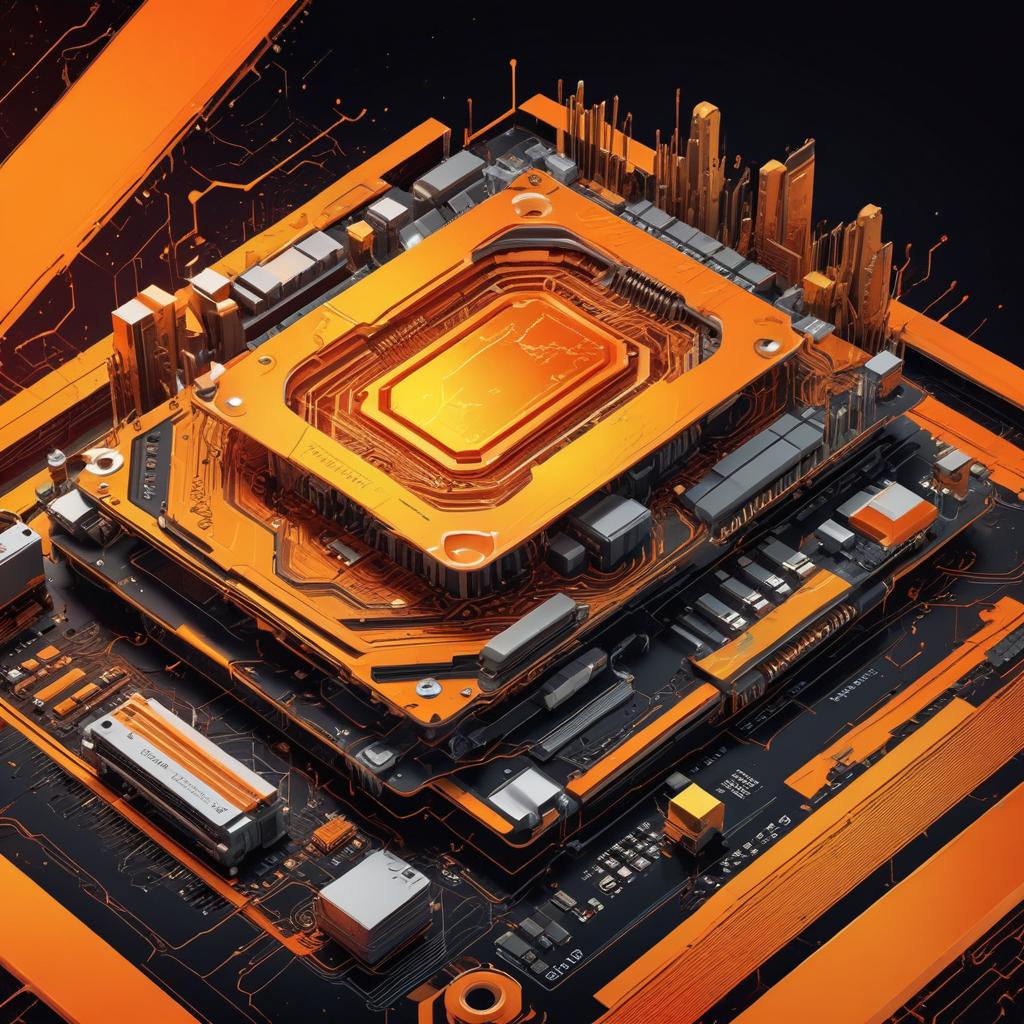NVIDIA's RTX 5090 and RTX 6000 PRO: The Virtualization Reset Bug and Its Implications

Recently, discussions on TechPowerUp Forums highlighted a concerning issue affecting NVIDIA's top-of-the-line consumer GPU, the RTX 5090, and its ProViz counterpart, the RTX 6000 PRO. Users reported a problematic virtualization bug that freezes the GPU after prolonged use in virtual environments. This article examines the implications of this bug, how it reflects on NVIDIA's engineering, and what potential impacts might arise from such technical challenges.
Understanding the Problem
- The RTX 5090 and RTX 6000 PRO have become unresponsive during virtualization tasks, rendering them unusable.
- According to CloudRift, developers reported this issue after intensive use, stating that other NVIDIA GPUs (like the H100 and B200) did not exhibit this bug.
- The problem lies within the PCIe function-level reset (FLR) during the handoff process to virtual machines, which leads to a complete lockout of the GPU.
This issue raises some key questions. What are the implications of releasing products with known virtualization bugs? Is it reasonable for consumers to trust hardware built for demanding applications, especially when other models perform flawlessly?
Positives Amidst the Challenges
Despite this setback, NVIDIA has acknowledged the bug and provided users with a temporary workaround. This openness signifies a level of commitment to customer support. A few notable positives include:
- Responsiveness to Issues: NVIDIA has officially acknowledged the problem, indicating their willingness to address it rather than dismissing it.
- Community Involvement: The $1,000 bug bounty issued by CloudRift encourages collaborative solutions among developers, which fosters innovation within the tech community.
- Proactive Measures: Users have access to a workaround involving a specific command, allowing them to mitigate some of the negative effects while waiting for a full resolution.
Long-term, this situation could lead to enhanced driver support and greater scrutiny of testing protocols for future GPU releases.
Critical Reflections on the Argument
- Trust in Brand Reputation: Consumers rely on brands like NVIDIA for reliability and performance. Bugs like these can tarnish that trust, impacting purchasing decisions for future releases.
- Addressing Software vs. Hardware Issues: Some comments in the forum suggest that the problems predominantly lie with NVIDIA's Linux drivers. If this is the case, it raises questions about the breadth of testing conducted on various operating systems before product launch.
- Is a Workaround Enough? Users need permanent solutions, not temporary fixes. A robust and reliable patch is crucial, especially given the ongoing demand for high-performance GPUs in professional and gaming contexts.
As potential buyers, consider how this bug might impact your work or gaming experience. Would you invest in a GPU still grappling with these unresolved issues?
In Summary
At DiskInternals, we specialize in data recovery software for both virtual and real environments. Our experience with data loss underscores the importance of reliable technology. As the landscape continues to evolve, we are dedicated to helping you protect your critical data against unforeseen disruptions.